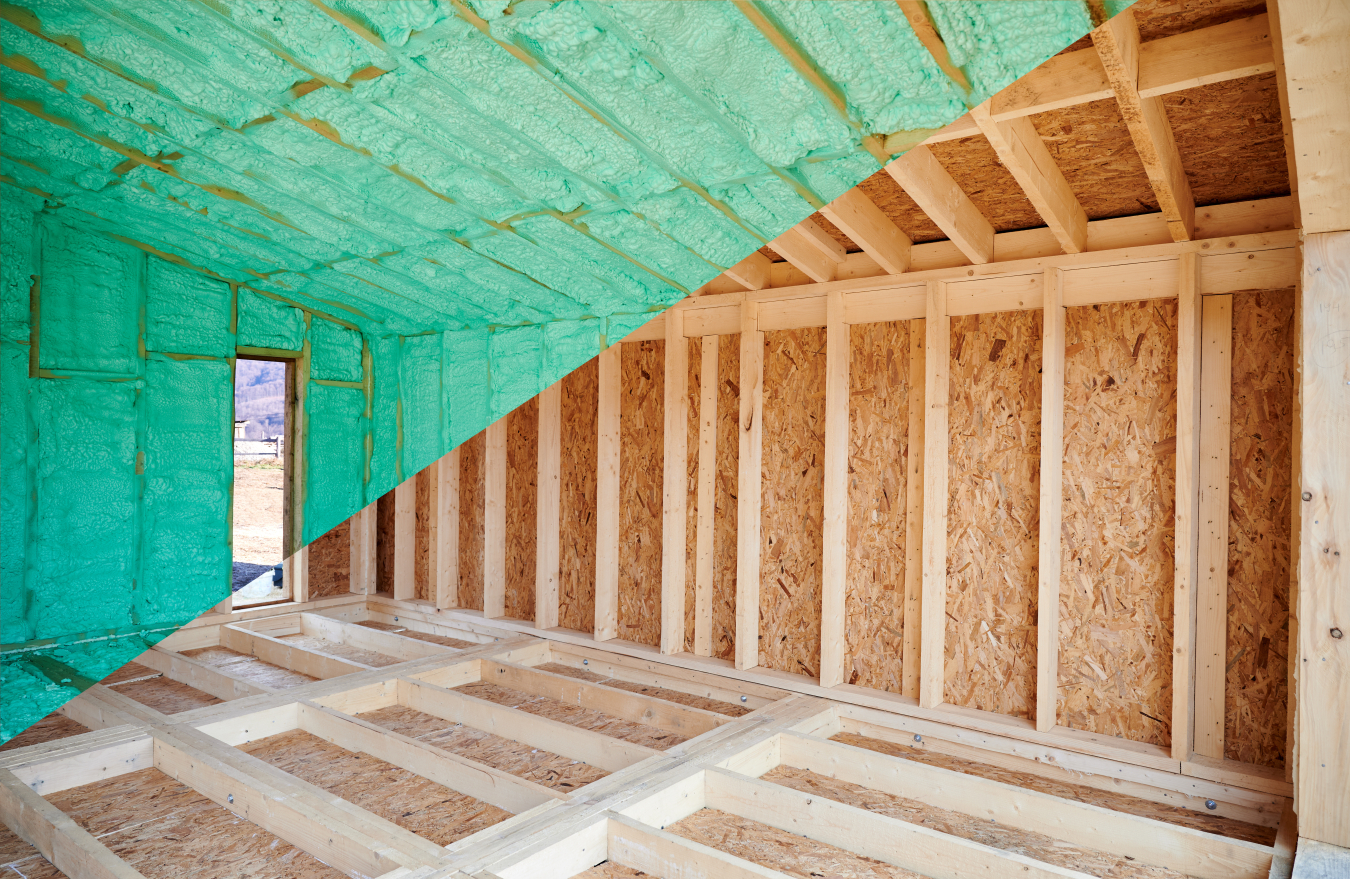Good news: through President Biden’s Investing in America agenda, you can optimize your energy usage without breaking the bank.
June 15, 2023
Heads up, homeowners — depending on the energy efficiency of your home, there’s a chance you could be wasting money via your monthly energy bills. But there’s good news: through President Biden’s Investing in America agenda, you can optimize your energy usage without breaking the bank. Today, we’ll break down the potential gaps in your energy expenditure. We’ll also cover what you can do to fix it — a process called insulation and weatherization — and how tax credits and rebates can help.
The Culprits
Poor Insulation
Home insulation is a material usually fiberglass, cellulose, or foam — designed to reduce heat transfer by providing a barrier between the inside and outside of a building. If you live in an older home, chances are it wasn’t built with state-of-the-art insulation technology. However, even newer homes may benefit from insulation upgrades, which can pay for itself within a few years. Attics and garages are especially susceptible to heat transfer, as well as pipes.
Improper Air Sealing
Heat transfer between the inside and outside of your home can be exacerbated by leaky windows, doors, and ducts. To prevent cold or hot air from seeping into your home, working against the heating/cooling system you pay for, make sure to seal all the cracks to make the home airtight. Caulking and weatherstripping are two simple and effective air-sealing techniques that you can do with a professional or by yourself.
Inefficient Heating/Cooling Systems
Not all heating and cooling systems are created equal. If your house is still outfitted with an older, inefficient heating system, you may be expending more energy — and spending more money — than you need to. Depending on what you’re upgrading from, a heat pump could save 7.6 tons of carbon emissions per year. Homeowners are now also eligible for tax credits when they install an air-source or geothermal heat pump: up to 30% federal tax credit on the total cost of buying and installing an energy efficient heat pump. Check out our blog post on heat pumps to learn more.
Where to Start
A home energy audit will help you identify areas where you can improve your home’s energy expenditure. From there, you’ll have an expert opinion on what you can do to make your home more energy-efficient. Some of the solutions may require a professional, but there are also ways you can do it yourself. Here are some steps you may be prompted to take to weatherize your own home:
- Weatherstrip doors
- Insulate attic and garage
- Caulk air leaks
- Change furnace filters
- Install efficient AC units
- Insulate pipes
How We Can Help
Through President Biden’s Investing in America plan, you may be eligible for a 30% tax credit (up to $150) on your professional home energy audit. To claim this credit, simply submit IRS Form 5696 when filing your 2023-2032 taxes.
In addition, the Weatherization Assistance Program (WAP) and Low-Income Home Energy Assistance Program (LIHEAP) help make energy efficiency more accessible to low-income households.

